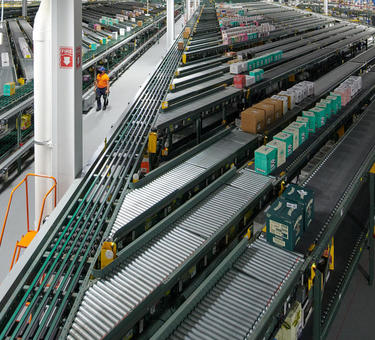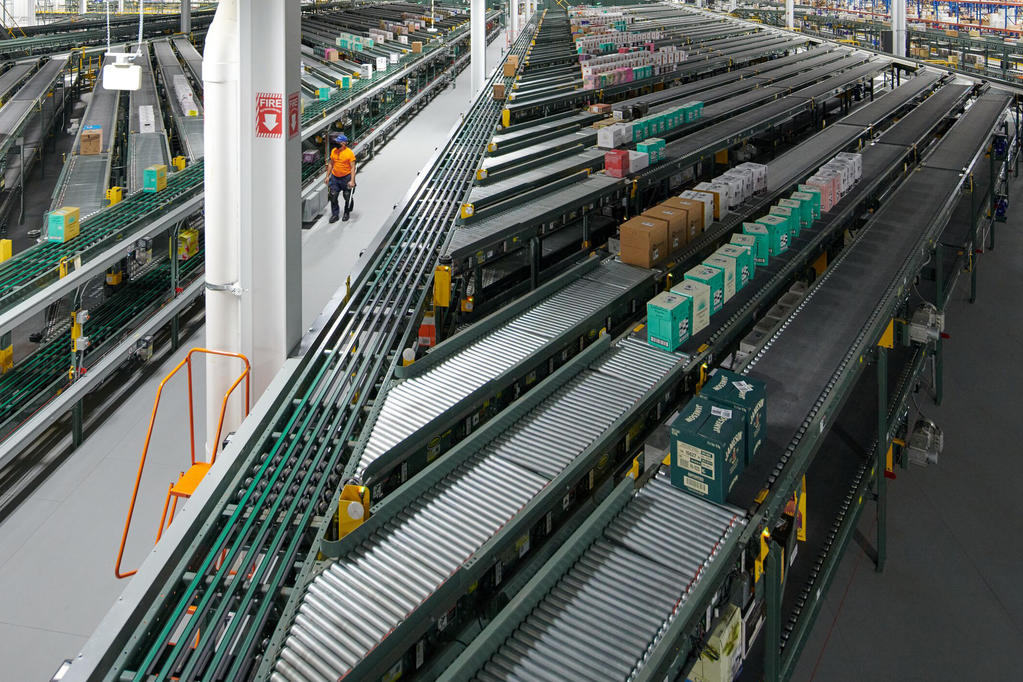Prologis Research has just published its latest paper: Automation and Logistics Real Estate #1: The State of Automation in Supply Chains.
Automation has the power to revolutionize logistics operations, what was expected to take years to gain traction is occurring in mere months. In the first instalment of this special report series they examine the current state of warehouse automation, its key processes and how this impacts building design. As capabilities expand alongside declining costs, higher ROIs are fuelling adoption. Prologis notes three trends are driving higher levels of automation:
- First, COVID has led to greater absenteeism;
- Second, technology continues to improve, expanding capabilities and reducing costs;
- Third, labour-intensive operations, specifically e-commerce, are growing quickly.
“As a result of these trends, some logistics customers are making significant investments in automation,” explains Eva van der Pluijm-Kok, Manager research & Strategy Europe. “For logistics real estate, automation enables greater choice in location, and most types can be incorporated into any modern facility. We see that the physical requirements for automation are not changing the rate of functional obsolescence and is opening up new and more productive locations”.
Added customer benefit
There is also a customer drive for implementing automation solutions , as benefits include:
- improving worker safety; enhancing efficiency, labour productivity and through-put;
- decreasing operating costs, capital expenses and move-in costs;
- having an opportunity to optimize facilities and supply chains via proximity to better locations; shortening delivery times and optimizing transportation costs;
- facilitating expanded direct-to-home delivery by opening up high-quality locations near end consumers.
No Single solution
Many automation solutions aim to address one or two of only six core warehouse functions. Each involves substantially different actions, movements, variability and levels of complexity, as well as requiring specialized equipment. End-to-end automation is therefore rare. Overall adoption rates, particularly for fixed automation are low, mostly because of high costs and long payback periods, processes complexity and planning challenges, implementation limitations, IT considerations and labour constraints.
Read the full paper here
Note: Part 2, of this special report series will focus on the implications of automation for logistics real estate demand, income and values, and delve deeper into customer types that are facing change or potential change.

